While you may never look forward to a mammogram or a colonoscopy, these tips and strategies can get you through them without all the worry.
The Test: CT (Computed Tomography) Scan
Recommended: To evaluate conditions like unusual abdominal pain, an abnormal chest X-ray, or an abnormal pelvic exam.
Before: A CT scan is a noninvasive procedure that combines X-ray equipment with sophisticated computer technology to produce multiple images of your body using a doughnut-shaped device. Before the scan, you may have to fast, depending on which part of your body is being checked. You’ll be asked to remove jewelry, eyeglasses, and anything metallic.
During: A CT scan is not nearly as confining as an MRI. It generally lasts 15 to 30 minutes and may require contrast material; you’ll get either an IV injection or drink a chalky-tasting contrast solution. You’ll feel a quick flash of warmth (and possibly nausea) as the injection runs through your body. You’ll also probably hear a lot of whirring and clicking from the machine, and you may be asked to raise your arms or hold your breath. You can ask for extra blankets, as CT scanning rooms tend to be very cold.
The Test: Dental Exam
Recommended: Every six months.
Before: Be even more careful about brushing and flossing well the days before an annual exam. “Your gums will be less likely to bleed,” says Jennifer Salzer, an orthodontist and dentist in New York City. If your dentist will be taking teeth impressions and you tend to gag, don’t eat a few hours beforehand so your stomach will be empty. For a serious dental phobia, call ahead to see if something can be prescribed to relax you.
During: If you have a latex allergy, tell the dentist or the hygienist first. To stay comfortable, ask the dentist to adjust the chair so you’re sitting more upright, and request breaks to sip water and relax your jaw. And believe it or not, wear your hair down. “When women wear their hair up or in a big ponytail or bun, they’re uncomfortable from the start,” says Salzer. Bring an MP3 player if you want, to help you relax.
After: Expect a little jaw soreness. Take aspirin or ibuprofen as directed, and rinse with warm salt water to minimize gum irritation. Call your dentist if you experience any unusual, unexpected pain.
The Test: Blood Work and Blood Pressure
Recommended: At least once a year, usually as part of a routine physical.
Before: A total-cholesterol or fasting-blood-sugar screening usually means no food or drink for 12 hours before the test. You can, though, drink water or black decaffeinated coffee, since only foods and drinks with calories skew results. Mention all over-the-counter and prescription medications and supplements that you take when scheduling this test, as they can affect the results, says Kathleen A. Handal, an emergency-medicine physician in Phoenix. Your blood pressure will be measured at the appointment, too. Avoid caffeine or decongestants beforehand, as both can raise pressure. Wear comfortable clothes and, ideally, layers or a sleeveless top for easy access to your arm.
During: To minimize discomfort after the nurse or the doctor draws blood, ask to have it taken from your nondominant arm. If you’re having a glucose-tolerance test to check for diabetes or gestational diabetes, you’ll have a sample drawn, then you’ll drink a sweet cola- or orange-flavored solution (which may make you feel nauseated), and then you’ll have blood drawn regularly for a few hours. And when your blood pressure is measured, take several deep breaths before the cuff is put around your arm to help prevent “white-coat hypertension,” the phenomenon of spiked blood pressure at the doctor’s office.
After: Elevate your arm for a few minutes to allow the puncture site to close. To avoid bruising, don’t press too hard on it (though bruising can show up if the needle moved around a lot). If your blood pressure is strangely elevated, consider buying an at-home blood-pressure kit so you can test yourself when you’re less nervous.
___________________________________________
More From Real Simple:
Healthy Fast Food and Takeout
The Healthy-Diet Foods That Health Experts Really Eat
24 Nutritious and Tasty Snacks
10 Healthy Foods That Cost Under $1
___________________________________________
The Test: Stress
Recommended: If you’re experiencing chest discomfort or shortness of breath, both of which are possible symptoms of heart disease.
Before: This exam measures how your heart handles exertion. For 12 hours prior, avoid caffeine and cigarettes. You may also need to fast and stop taking certain medications, says Jack Flyer, a cardiologist in Chevy Chase, Md. “Beta-blockers, for example, slow the heart rate,” he says. Blockages in the arteries to the heart can be better detected if the heart rate is allowed to go higher. Pack sneakers to wear for the test.
During: Electrodes are placed across your chest and a blood-pressure cuff is put on your arm. You’ll walk on a treadmill while your doctor watches the electrical activity (EKG) of your heart. You’ll start out slow, but the treadmill will get faster and steeper. “The doctor will see how long you can exercise, whether you get symptoms of a heart problem, such as discomfort, and whether your EKG changes,” says Steven L. Brown, a cardiologist in Midland, Texas, and the author of Navigating the Medical Maze. The procedure may include an echocardiogram, in which a doctor uses an ultrasound to take pictures of your heart at rest and after exercise. The results are available immediately.
After: Stress tests don’t require sedation, so you should be able to drive home afterward.
The Test: Skin Cancer Screening
Recommended: Every year.
Before: Remove all nail polish before going to the dermatologist’s office to make it easier to check for melanomas under your nail beds.
During: You’ll change into a gown and your doctor will examine your body from your scalp down to the skin between your toes. “If anything suspicious is found, it will generally be removed by numbing with lidocaine, using excision, and stitching it up,” says Dr. Louis Vogel, a dermatologist in New York City. Or your doctor could also use a tool to burn off the growth or mark.
After: If you have a mole removed, use an antibiotic salve or petroleum jelly and bandage the wound. Clean it once daily with water or diluted hydrogen peroxide. The doctor will let you know if the biopsied mole had suspicious cells.
The Test: Eye Exam
Recommended: Once a year, ideally.
Before: Whether you’re having an annual exam or a glaucoma screening, skip alcohol, which can dilate blood vessels, and rest your eyes the day before (avoid a late night of computer work). Book your appointment in the morning, when eye pressure is higher, making it easier to detect problems, says Sanjay Asrani, an associate professor of ophthalmology and a glaucoma specialist at the Duke Eye Center, in Durham, N.C. Bring a list of all medications you’re taking and your glasses.
During: You’ll look at charts with letters and numbers to assess your vision. Your eyes may be dilated with drops. During a glaucoma test, when the eyes’ internal pressure is measured and your peripheral vision is checked, you’ll press a clicker when you see a flashing light.
After: The dilation of your eyes may take a few hours to wear off. Have a friend take you home or to work, and wear sunglasses outside, since your eyes might be light-sensitive. Your eyes will feel tired and heavy after a glaucoma screening.
The Test: Pelvic Exam
Recommended: Annually.
Before: A Pap test, which checks for precancerous cells of the cervix, is generally part of the exam. To ensure the test goes smoothly, schedule it for a period-free day, and avoid having intercourse the day before. “The discharge can obscure the ability to read your results,” says Donald Adeli, an obstetrician-gynecologist in Glen Ellyn, Ill. If you tend to be constipated, take a laxative a day before. “Constipation makes the exam uncomfortable,” says Mary Jane Minkin, a clinical professor of obstetrics and gynecology at the Yale University School of Medicine.
During: A swab Pap lasts about 30 seconds and may create some pressure. During a pelvic exam, which takes about the same time as the Pap, the doctor inserts one or two fingers into the vagina to examine the uterus, the cervix, and the ovaries. (If you’ve been experiencing unusual bleeding or pain, a pelvic ultrasound may be in order, in which a transvaginal probe uses sound waves to look at your reproductive organs).
After: You may spot for a day or two.
The Test: Mammogram
Recommended: Once yearly, beginning at 40. If you have a family history of breast cancer, your doctor may suggest an earlier baseline test.
Before: Cut out caffeine for two weeks, as it can create benign lumps in your breasts, says Minkin. If you often experience tenderness, take acetaminophen as directed beforehand to prevent pain, she says. And don’t wear deodorant or lotion, as both can alter a mammogram’s appearance, says Christine Pellegrino, an oncologist and the director of the breast clinic at the Montefiore Medical Center, in New York City.
During: Expect discomfort as your breasts are compressed. Two or more X-rays are taken at different angles of each breast. “The key is to lean into the machine, loosely hold the handles, and relax,” says Pellegrino.
After: You may feel sore or even see some light bruising. Take ibuprofen as directed for relief.
The Test: Colonoscopy
Recommended: At age 50, then every 10 years thereafter, unless otherwise instructed by your doctor. If you have a family history of colon cancer, your doctor may order one sooner.
Before: A week before this procedure, which checks for suspicious polyps and growths in the colon, stop taking herbal supplements, anything with iron, or blood thinners, which can interfere with clotting. A couple of days before, stick to light, easy-to-digest food, like clear liquids, skinless chicken, and white bread, and avoid nuts and seeds. The night before the exam, you’ll drink a laxative-like prep solution. Consume it over four hours, even if the instructions tell you to drink it more quickly. “Taking more time may help if you feel distended,” says Dr. J. Scott Gillin, a gastroenterologist in Berkeley Heights, N.J. On the day of the test, do not consume anything.
During: You’ll be set up with an IV for sedation, positioned on your left side, with your knees drawn up, and you’ll be hooked up to a heart monitor. Most people don’t feel anything.
After: You will feel sleepy and will be able to sip juice or eat something light. Have someone drive you home. “Cramping or bloating is common,” says Caroline Matis, a registered nurse at the Summit Medical Group, in Berkeley Heights, N.J. “This should clear up when you pass gas. The next day you can resume normal activities.”
The Test: MRI (Magnetic Resonance Imaging)
Recommended: If you have certain conditions (like multiple sclerosis), suspicious symptoms (persistent back pain), or an inconclusive mammogram.
Before: “Don’t listen to other people’s MRI experiences,” says Kathie Vendemia, manager of the Imaging Center at the Summit Medical Group. “It may have been with an older machine, which took longer and was more confining.” All machines use a magnetic field to detect abnormalities, so take off metal items, like jewelry. Mention any tattoos you have (they can cause interference), any implants (like a pacemaker), or if you’re pregnant. Also, use the bathroom beforehand.
During: “Let the technologist walk you through the procedure first so you’ll be less stressed,” says Vendemia. Consider bringing a friend for support. An IV of contrast material may be administered if needed. You’ll be positioned on a table and slid into the enclosed machine. The test is painless, but the machine makes hammering sounds (some facilities can pipe in music). If you panic, you can press a button to be pulled out.
After: You may feel exhausted from anticipating the procedure, but you can go right back to work.
Low-Stress Tests
These procedures don’t require any special preparation. Just show up!
* Audiogram, which measures hearing ability.
* Some blood tests, including TSH (thyroid-stimulating hormone), CMP/BMP (comprehensive metabolic panel/basic metabolic panel), CBC (complete blood count), and PT/INR (prothrombin/international normalized ratio).
* Bone-mineral density.
* Clinical breast exam.
* Urinalysis.
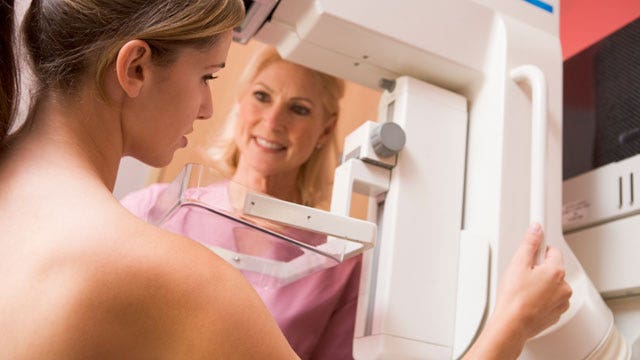

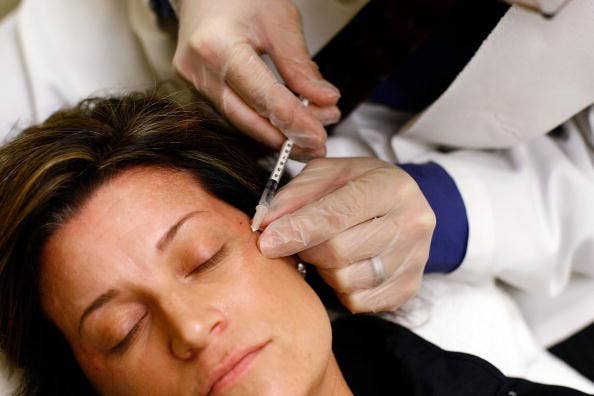

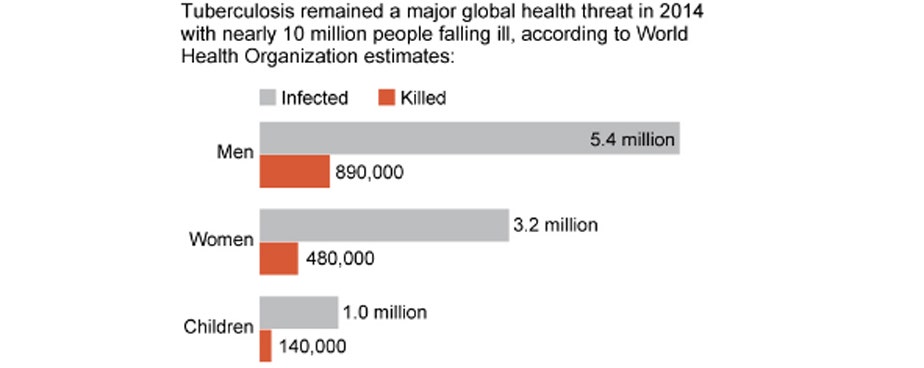

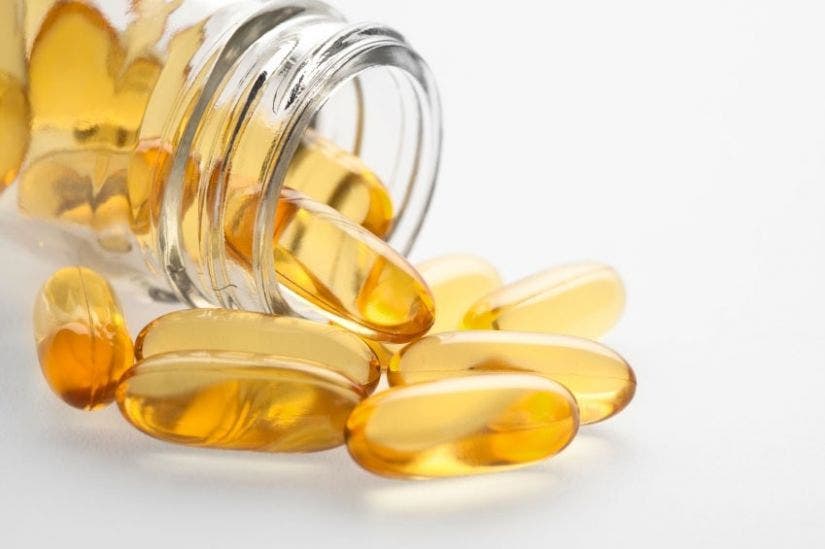
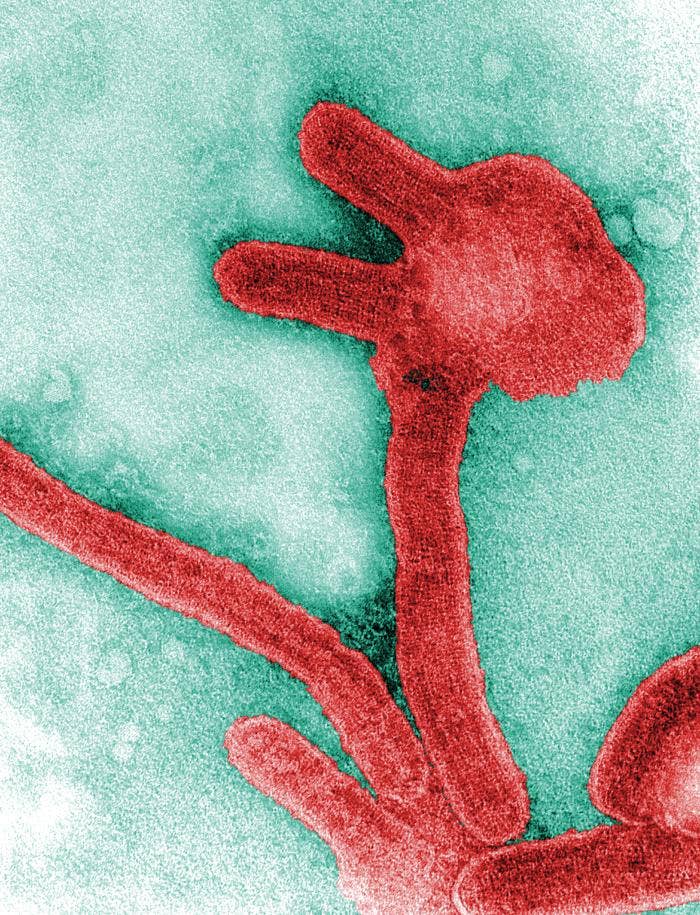
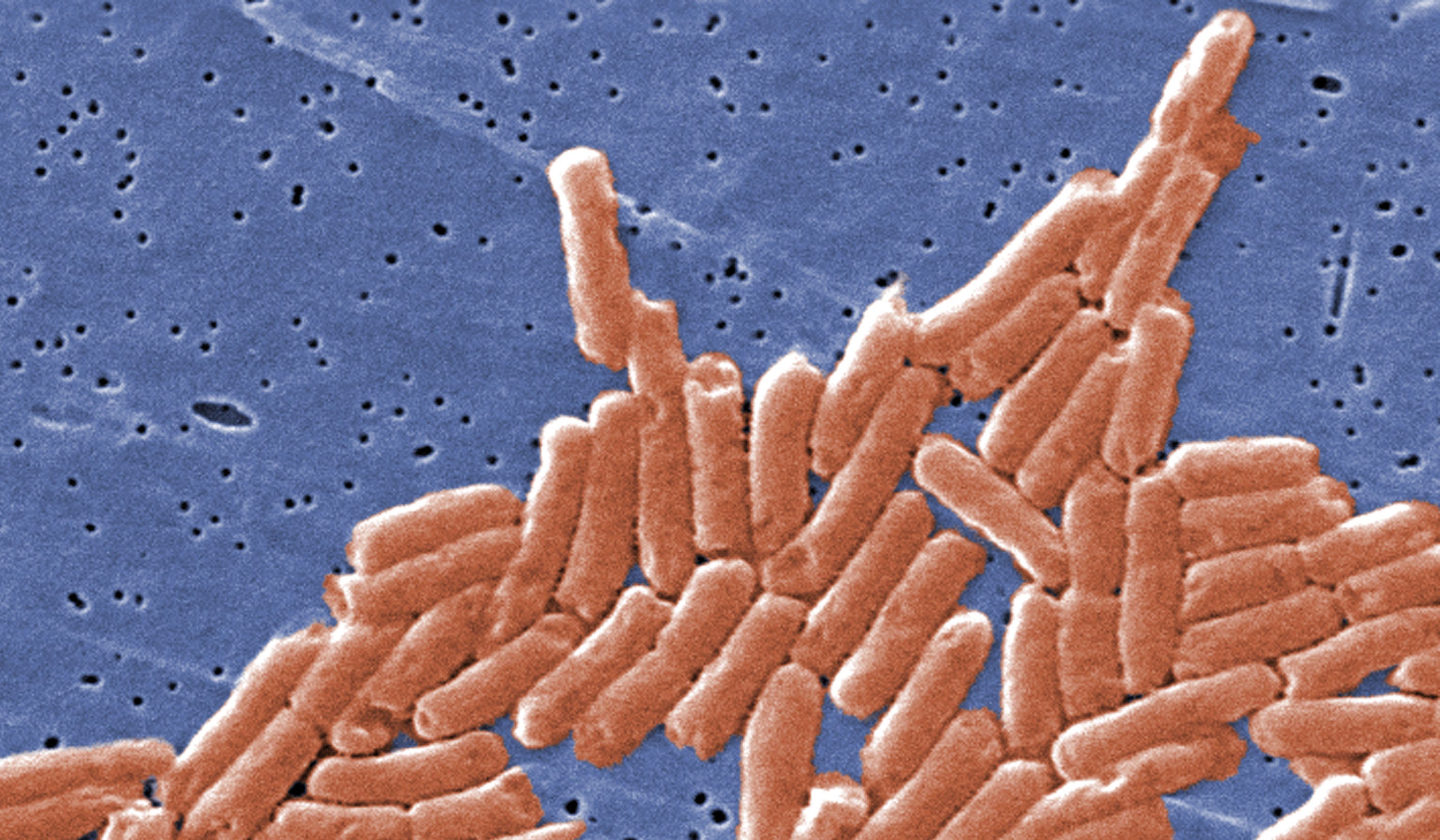
Leave a Reply